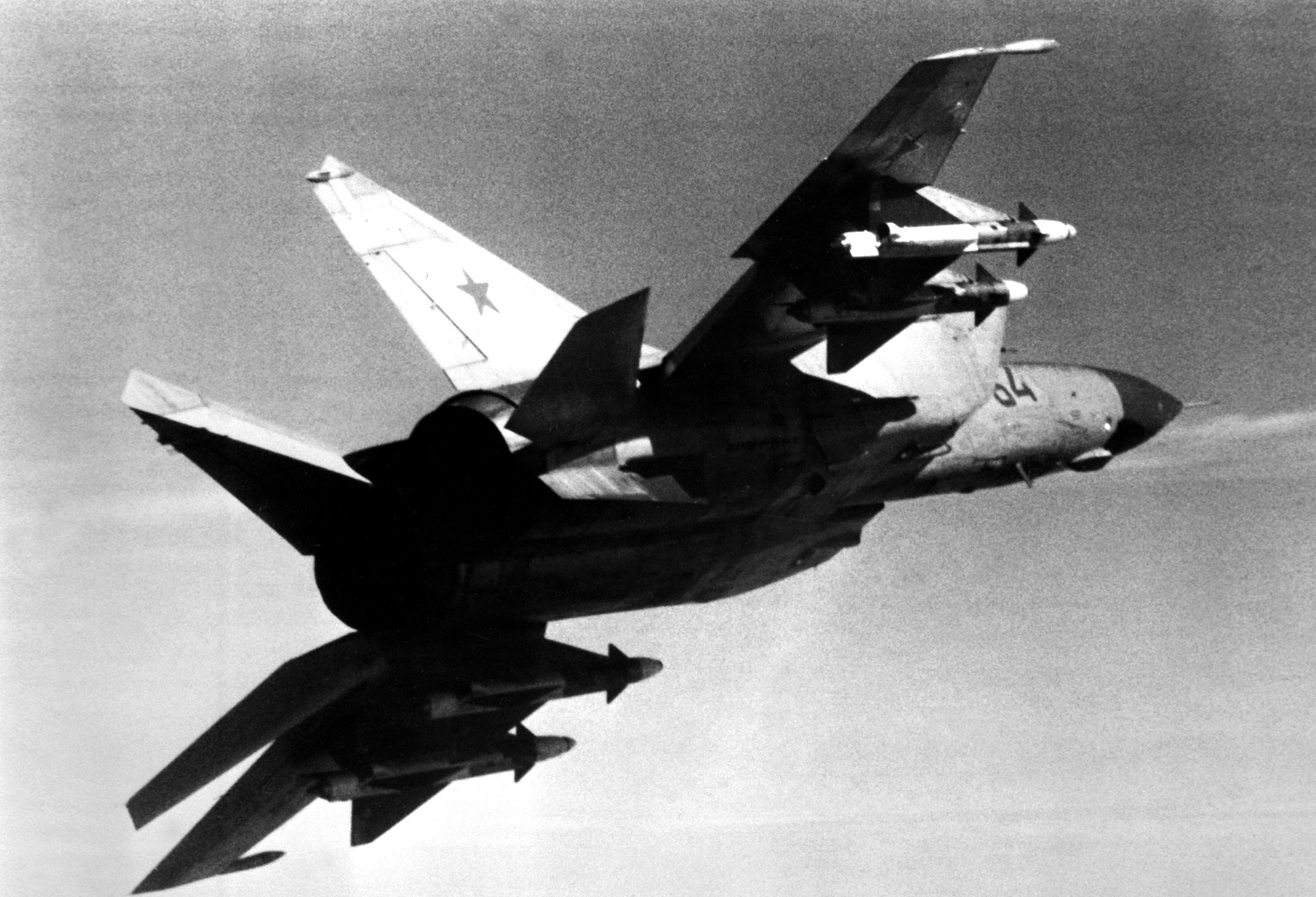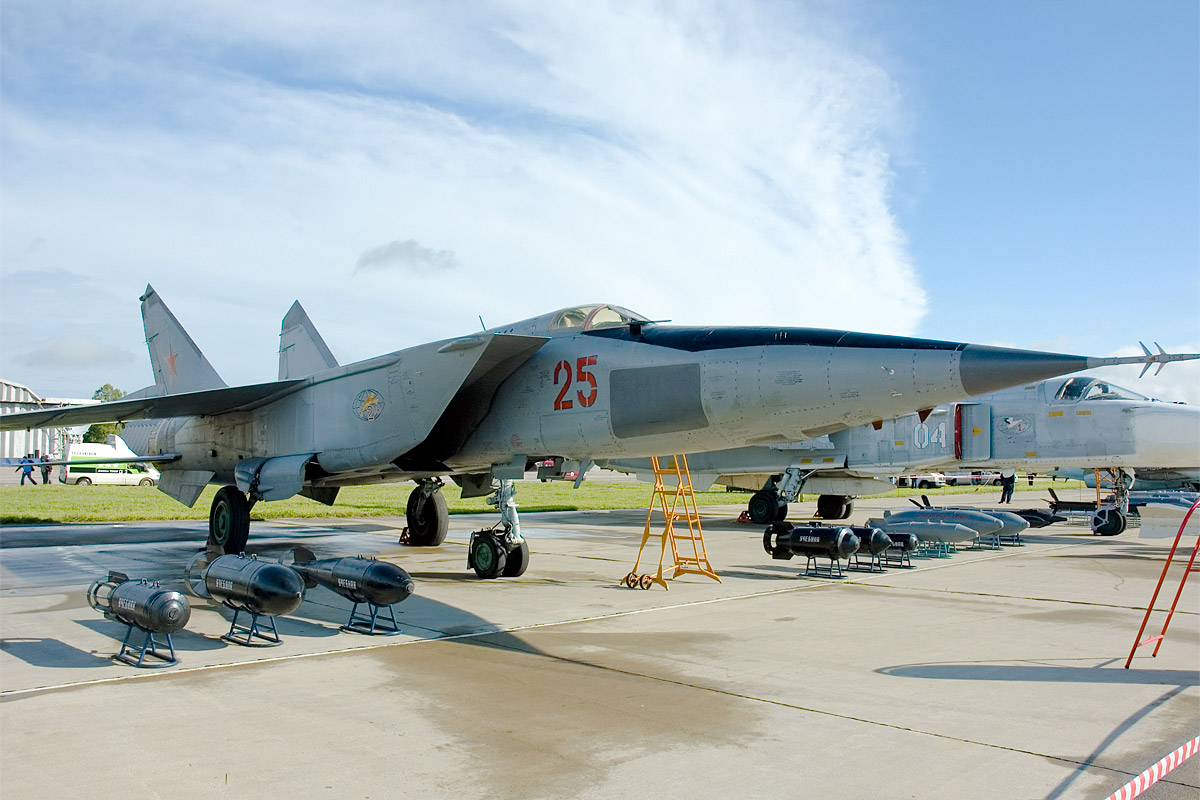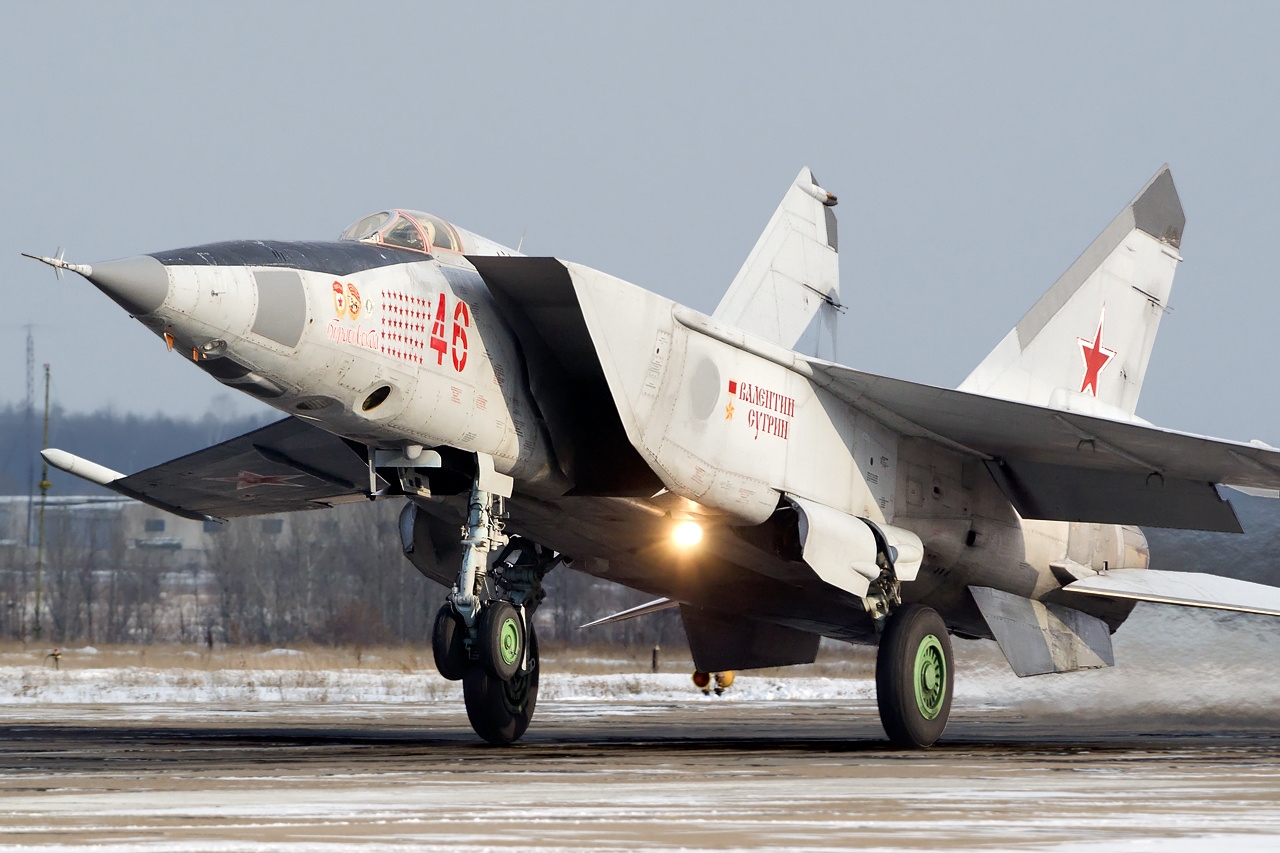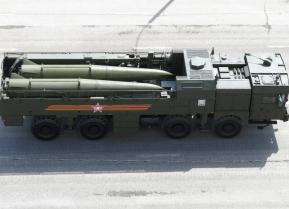Russian Pilot Defected with MiG-25 Foxbat Fighter Jet
Viktor Belenko, a Soviet pilot, defected to the West in 1976 by flying his MiG-25 Foxbat to Japan, shocking both the Soviet Union and the world. The MiG-25, one of the USSR’s most advanced interceptors, boasted unmatched speed and altitude capabilities.
What You Need to Know: Viktor Belenko, a Soviet pilot, defected to the West in 1976 by flying his MiG-25 Foxbat to Japan, shocking both the Soviet Union and the world. The MiG-25, one of the USSR’s most advanced interceptors, boasted unmatched speed and altitude capabilities.

-After Belenko’s defection, the U.S. accessed valuable intelligence on the Foxbat, prompting Soviet engineers to upgrade the jet’s radar and armaments.
-The Foxbat influenced the development of the U.S. F-15 Eagle, highlighting its significant impact on Cold War aviation. Operational in various nations, the Foxbat served in conflicts in the Middle East and South Asia.
Soviet Pilot’s Daring Defection with MiG-25 Foxbat Stunned the Cold War World
Earlier last year, ex-Soviet pilot Viktor Belenko who flew a dangerous mission of defection during the Cold War sadly passed away in Illinois. While serving in the USSR’s 513th Fighter Regiment, 11thAir Army in 1976, Belenko flew his MiG-25 Foxbat fighter jet to Japan, where he later successfully defected to the West.
During this time, the MiG-25 Foxbat was widely considered to be the most advanced aircraft across the globe. Then-Air Force Secretary Robert Seamans described the MiG-25 as “possibly the best interceptor in production worldwide,” making Belenko’s brave defection even more shocking.
A Brief History of the MiG-25 Foxbat
In the early days of the Cold War, the Soviet Air Defense Forces were tasked with protecting the air space surrounding the USSR.
In order to defend against adversarial reconnaissance airframes and strategic bombers, the Soviets required more sophisticated interceptors. By the late 1950’s, the MiG-25 officially began its development phase.
In 1964, the first Foxbat prototype made its maiden flight. With fixed wingtip tanks and attachments for moveable canards, the jet was more controllable at higher speeds than its predecessors.
Within the first few years of its introduction, the MiG-25 fighter broke several records, including pure speed, time-to-height records, altitude records, and others. All in all, the MiG-25 claimed 29 records.

In terms of electronics, the Foxbat was well-armed. Each fighter featured Smerch-A2 radar sight, radar warning receivers, and Identification Friend or Foe transponders.
As detailed by Air Force Technology, the flight control and navigation systems fitted onboard included the APK-10 automatic radio compass, Polyot-11 navigation-landing systems, and an RV-4 altimeter. The Foxbats continued to be powered by two R-15B-33 engine-shaft turbojets that allow the airframes to travel roughly 3,000 km/hour at high altitudes.
Following the introduction of the MiG-25, the U.S. Air Force had to radically revise its requirements for the F-X program that was in development at the time. Initially, the new American airframe was conceptualized to counter the air-to-air imbalance over Vietnam, where the maneuverable and quick MiG-21s had proven to be quite powerful. However, the arrival of the MiG-25 forced the Air Force to incorporate even more capabilities into its impending F-X program.
For this reason, perhaps the F-15 Eagle can, in part, be attributed to the capability of the Foxbat.
The Defection
Eager to experience the freedom America could provide, Soviet pilot Belenko planned his defection. The disillusioned pilot waited until he was scheduled for a routine flight out East with a full gas tank to make his move. Notably, Belenko carried the training manual for the Foxbat with him on this notorious flight.

When the routine sortie concluded, Belenko did not turn around and head back to Soviet airspace like he was supposed to. Instead, he headed for Japanese airspace while gradually descending and eventually built enough airspeed to escape his pursuing sqaudron-mates.
One of the Foxbat’s most serious flaws was that the airframe quickly blew through fuel. Although Belenko started his journey with a full tank, his jet’s supply was running critically low. The soon-to-be ex-Soviet pilot luckily spotted an airfield and landed in Hokkaido, Japan. The Japanese government initially limited American access to the defected Foxbat before it was dismantled and delivered to the USSR.
Belenko came to the U.S. after months of debriefs led by intelligence officials. Following Belenko’s defection, Soviet engineers began developing enhanced components of the jet, including its radar and missile systems, to evade U.S. intelligence. Specifically, the MiG-25PD replaced the Smerch-A radar with the Saphir-25. Additionally, the ability to carry R-60 air-to-air missile was incorporated.
In 1971, Egyptian pilots deployed at least four Foxbats to monitor the Israeli-held territory in Sinai. The MiG-25 was considerably more advanced than the McDonnell Douglas F-4 Phantom IIs flown by the Israelis regarding altitude.
Later, the Iraqi Air Force would field the Foxbat during the Iran-Iraq War in the 1980s. The Foxbats would later be operational in India and Libya.
About the Author
Maya Carlin is an analyst with the Center for Security Policy and a former Anna Sobol Levy Fellow at IDC Herzliya in Israel. She has by-lines in many publications, including The National Interest, Jerusalem Post, and Times of Israel. You can follow her on Twitter: @MayaCarlin.
Main Image is from Shutterstock. Intext images are Creative Commons.


